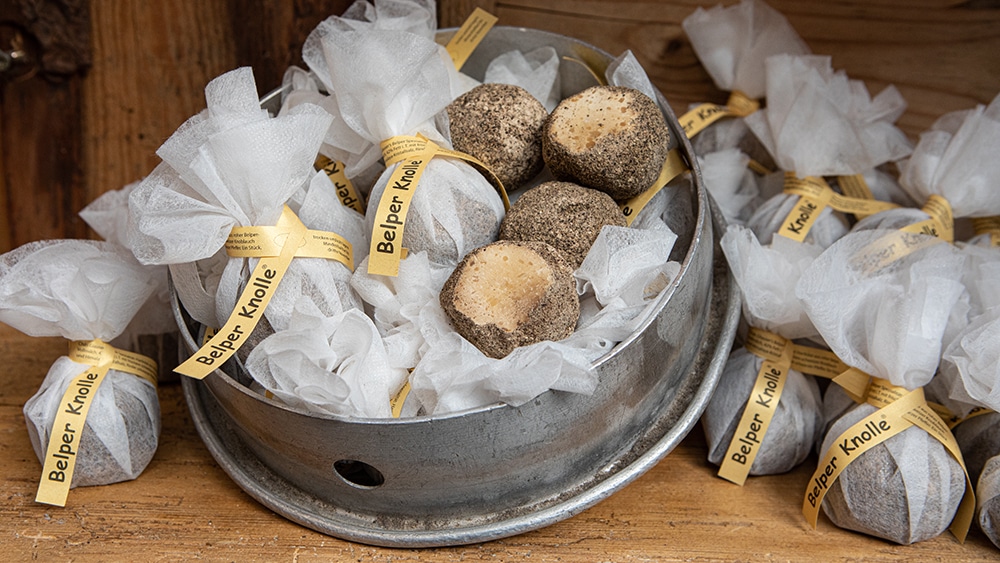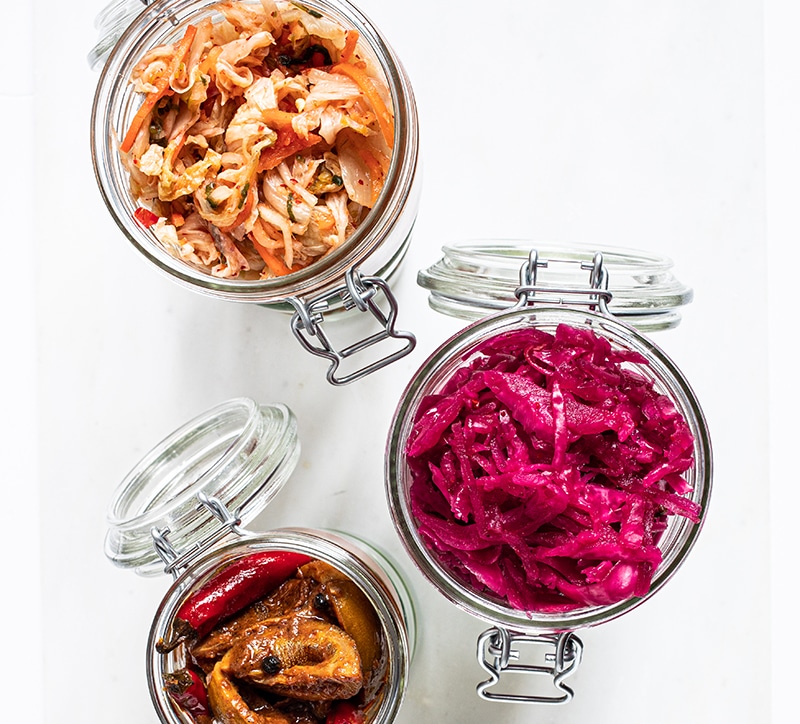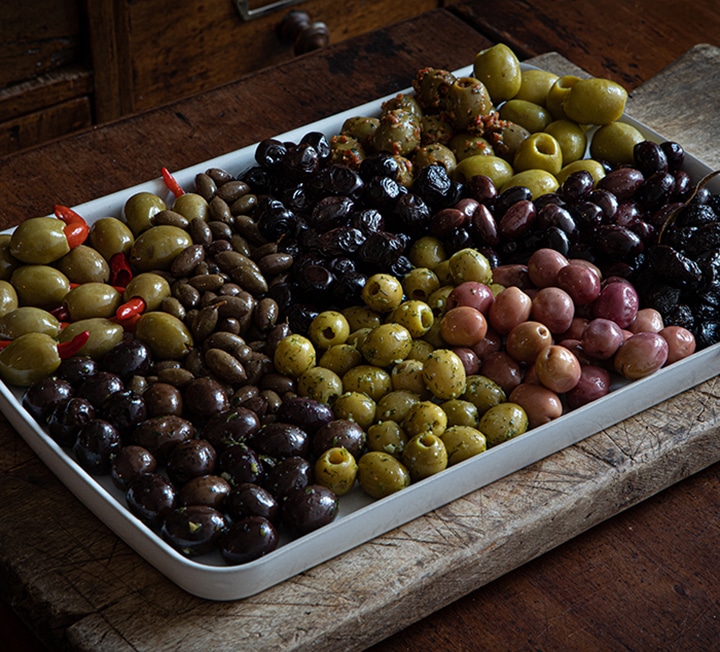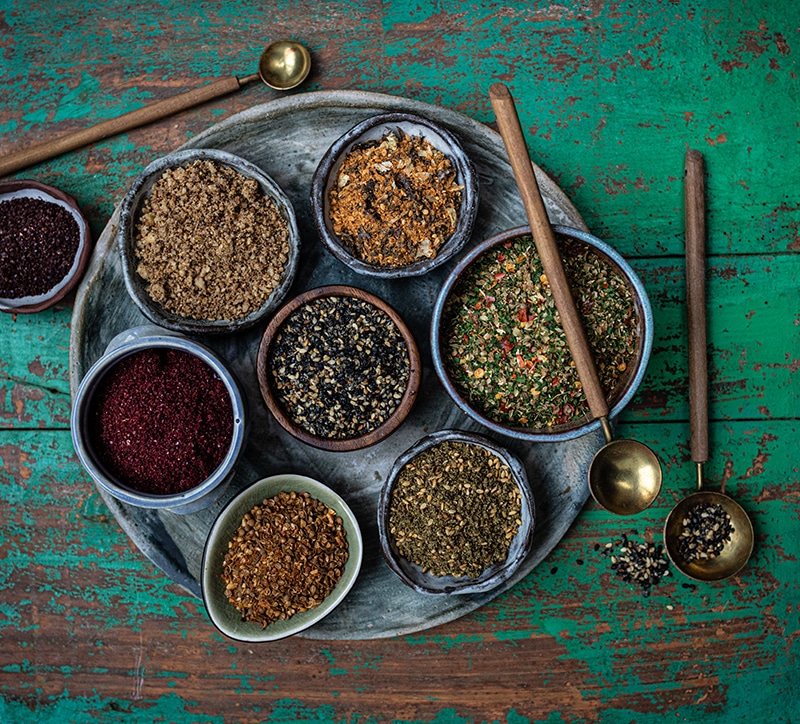Dress to impress: hard cheese
Ed Smith on the Market ingredients that, with minimum effort and maximum effect, can embellish a finished dish. This time: hard cheese


“IN HARD CHEESES, THERE’S GOOD REASON TO SUGGEST THAT HERE WE HAVE THE GREATEST SEASONING OF THEM ALL”
Image: Regula Ysewijn
“Hard cheese, pal.”
I wouldn’t normally advocate turning to or relying on the website urbandictionary.com. But I have to admit, I accidentally stumbled across it (as you do) when typing ‘hard cheese definition’ into Google. Clicking on the top-ranked search link revealed the following: “Tough luck, a shame. Something that’s not very good but you can’t really do much about it. As in: ‘You ran over the neighbour’s puppy, that’s hard cheese.’”
It struck me that, though this absolutely nails the meaning of the phrase ‘hard cheese’, it does hard cheese a real disservice. Hard cheese is not a bad situation, or something that is not good. Hard cheese is amazing. Hard cheese makes pretty much everything better.
By definition, cheeses that are ‘hard’ have been left in a cold room (or cave) to dry out. Over time, they ‘mature’, meaning all sorts of flavours emerge and intensify. Crystals of umami develop (you know, the crunch you get when biting the older varieties of comté on offer at the Market, or the parmesans and cheddars that crumble more than they slice). Hard cheese is the good stuff. Of course, our cheesemongers and affineurs want us to appreciate the subtle complexities of fresh and mild cheeses, too. But it’s hard (pun intended) to step away from a cheese that’s so mature it makes your gums recede.
As ever, the best place for quality cheese is on a cheeseboard. However, from time to time you can and should use specialist, artisan cheeses in your cooking. Because of their calibre, a little tends to go a long way – and in the case of hard cheeses, there’s good reason to suggest that here we have the greatest seasoning of them all. Sweet, salt, sour, fustiness; layers and layers of flavour in a few flakes, crumbs or shavings.
Hard cheeses provide a punchy final flourish for a wide variety of dishes. Any soup – even (especially) fish soup – is better when finished with a snowstorm of cheese. Salads of all types welcome a hit of dairy, which might be a crisp and fresh spring or summer salad topped with shavings of chalky Ticklemore, chopped kale salads finished with finely micro planed pecorino, or autumnal roast squash platters made moreish with crumbs of mature Lancashire.
Even beef appreciates cheese – think of an Italian steak and rocket tagliata and ponder what makes it so good: is it the steak, or the parmesan? Grains and pulses too. Polenta and chickpea flour – whether wet and sloppy or firm in, for example, a panisse – are lifted by cheeses like mature comté. And then, of course, what is a risotto or fresh pasta dish without a heavy dusting of cheese?
With so many cheesemongers at Borough Market, there can’t be a better place to pick up a portion of hard cheese. I’ve mentioned some of the deservedly classic and obvious options, but it’s possible to step beyond those. Paski sir is a salty, strongly flavoured sheep’s cheese from the island of Pag in the Adriatic Sea, stocked by Taste Croatia. It’s really, truly complex and long lasting, perfect for those occasions when you might otherwise have been thinking of pecorino. At Jumi Cheese, from the Emmental region of Switzerland, there’s something called Cironé – a mature cow’s milk cheese with many of the qualities you’d expect in a good parmesan – the tang, the long-lasting richness, the umami crunch.
You may already know Jumi’s Belper Knolle: a stone-shaped ball which, even in ‘fresh’ form, is hard and chalky, but also sharp, salty, and deceptively creamy. It needs to be sliced very finely, with a mandolin or indeed the truffle-style slicer Jumi sells, and even the lightest curl adds so much – not just a dairy tang, but also the undertone (or is it top note?) of garlic and a touch of fire from the black pepper dusting. Excellent with salads (particularly tomato), pasta, meat… might this be the ultimate embellisher?
So, off I head to Urban Dictionary to update it with my own definition: “Hard cheese: a very good thing.”


